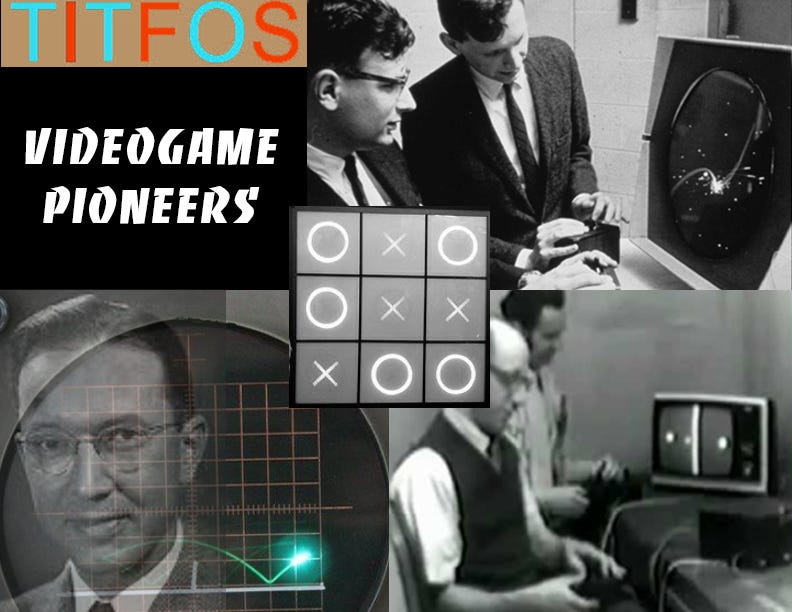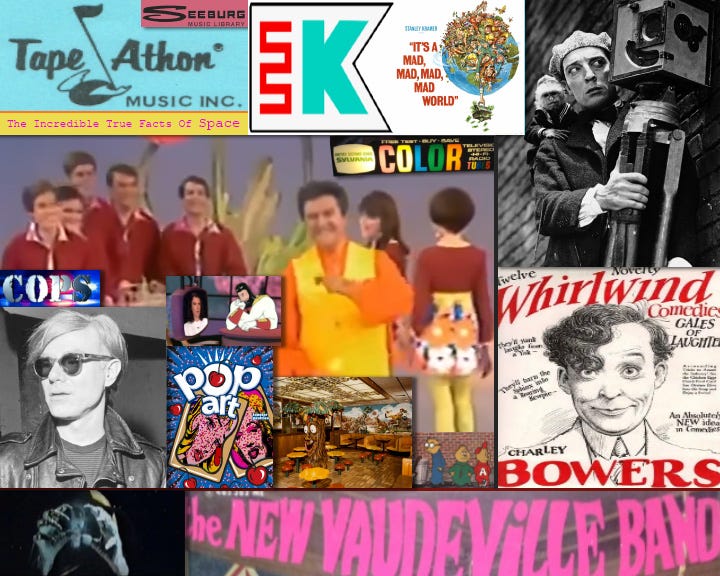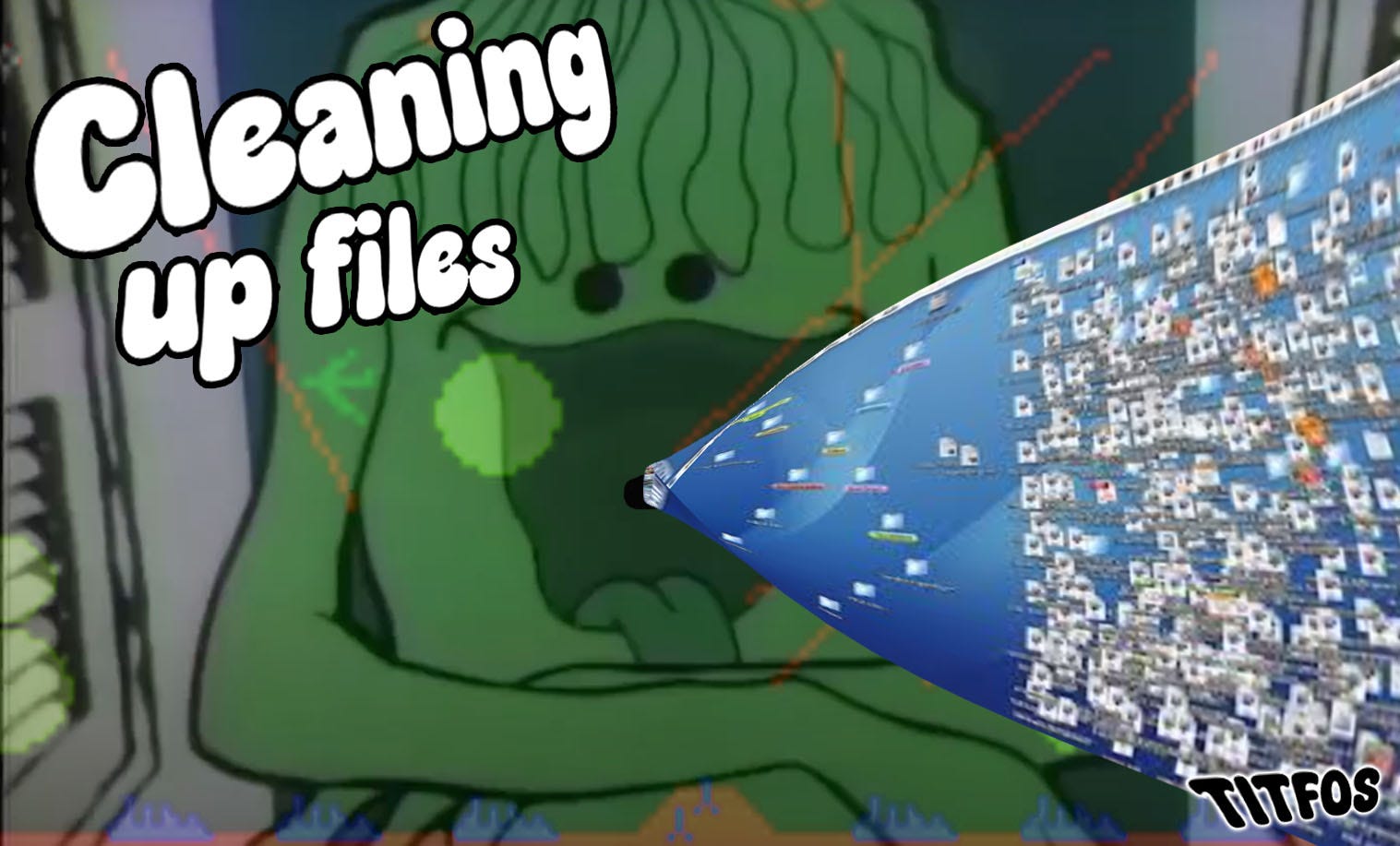videogame-pioneers
Description
The early history of video games began with quirky mechanical-electronic hybrids like 1950’s "Bertie the Brain," a tic-tac-toe "circus machine," and evolved through 1947’s CRT Amusement Device, a radar-inspired missile simulator patented by Thomas Goldsmith Jr. and Estle Ray Mann. In 1958, William Higinbotham’s Tennis for Two, built on an oscilloscope at Brookhaven National Lab, introduced real-time interactive play for public amusement. Ralph Baer’s 1967 Brown Box, a TV-connected console, became the 1972 Magnavox Odyssey, the first home gaming system, using analog jumpers for games like table tennis. The shift to digital came with the 1976 Fairchild Channel F’s EPROM-based cartridges, though their UV-erasable PROM chips sparked messy patent disputes and production challenges, paving the way for the programmable consoles that revolutionized gaming.
This is a public episode. If you would like to discuss this with other subscribers or get access to bonus episodes, visit williamchadbowers.substack.com
























